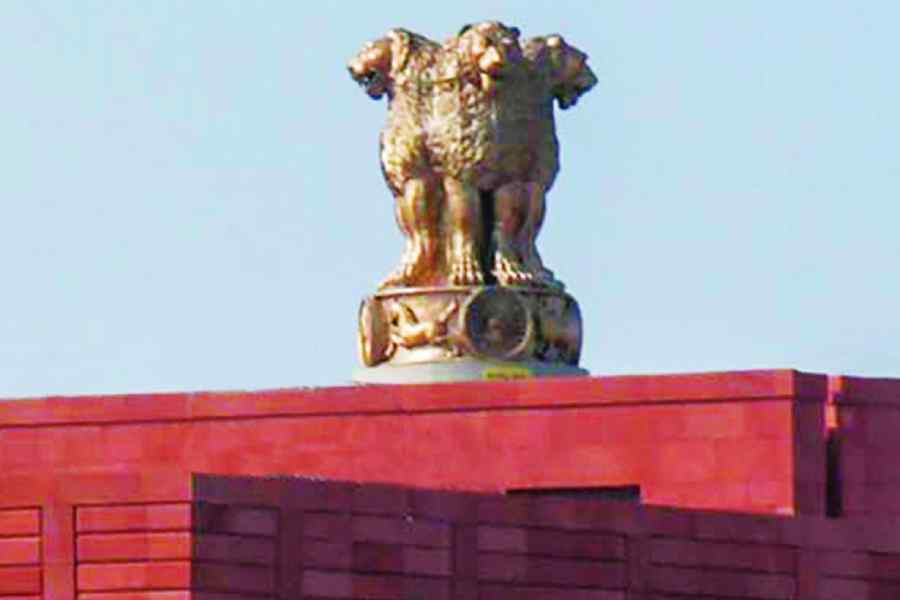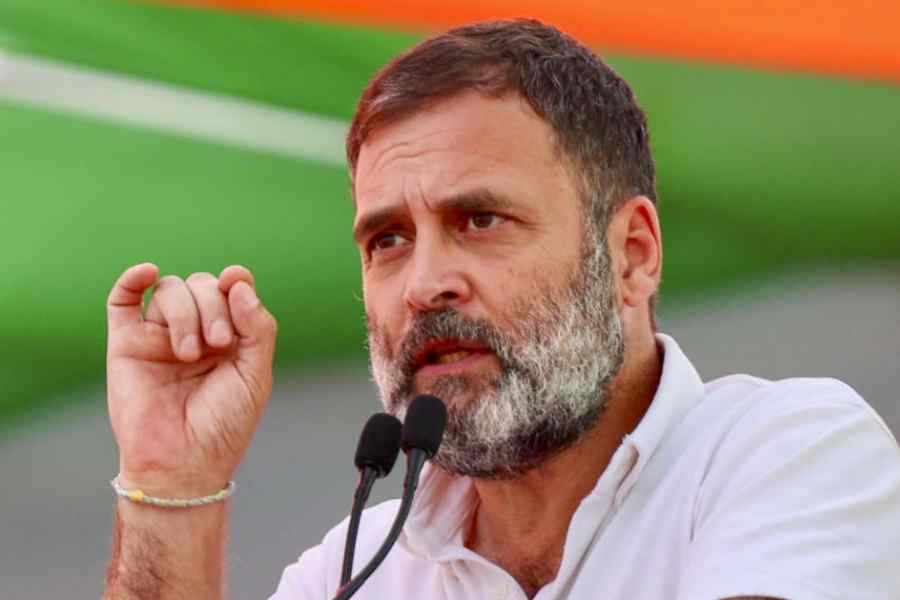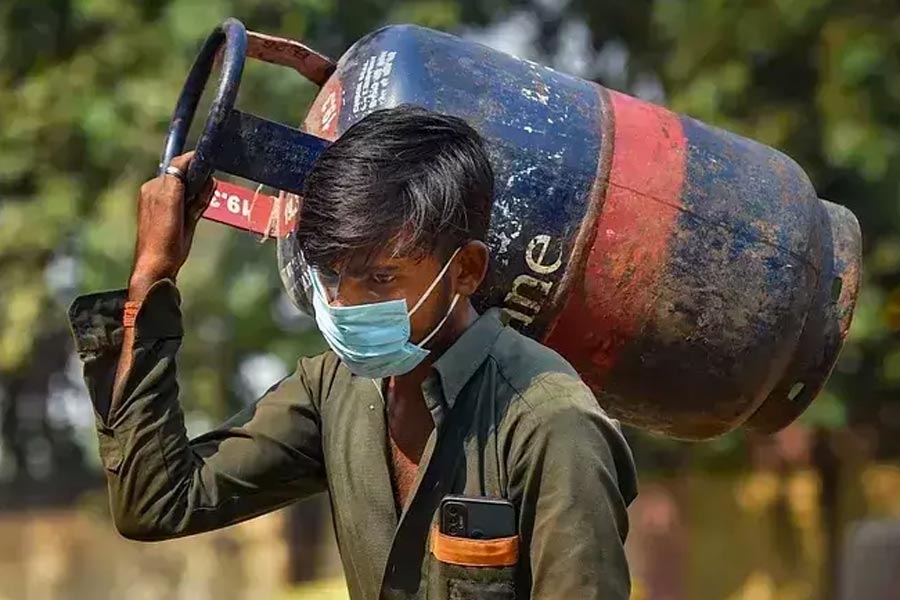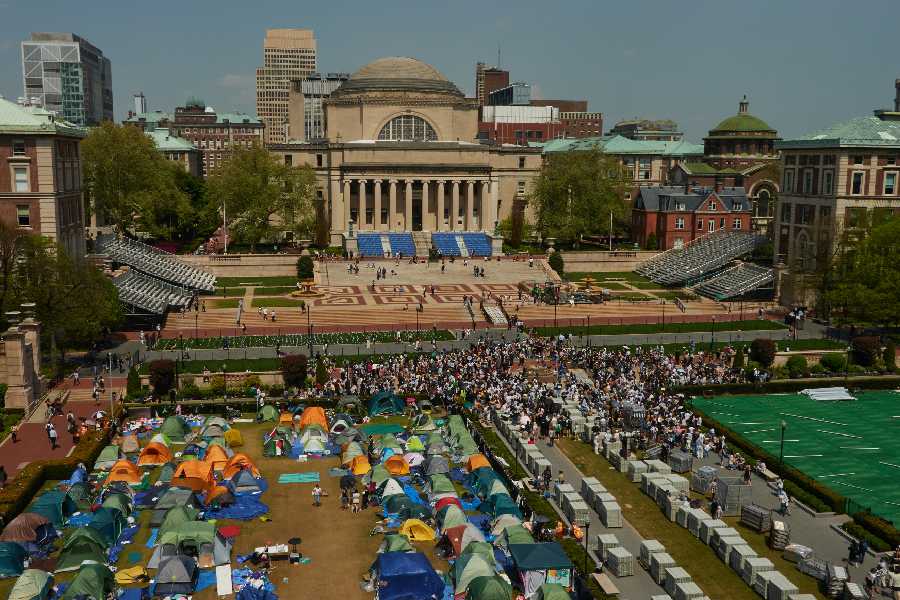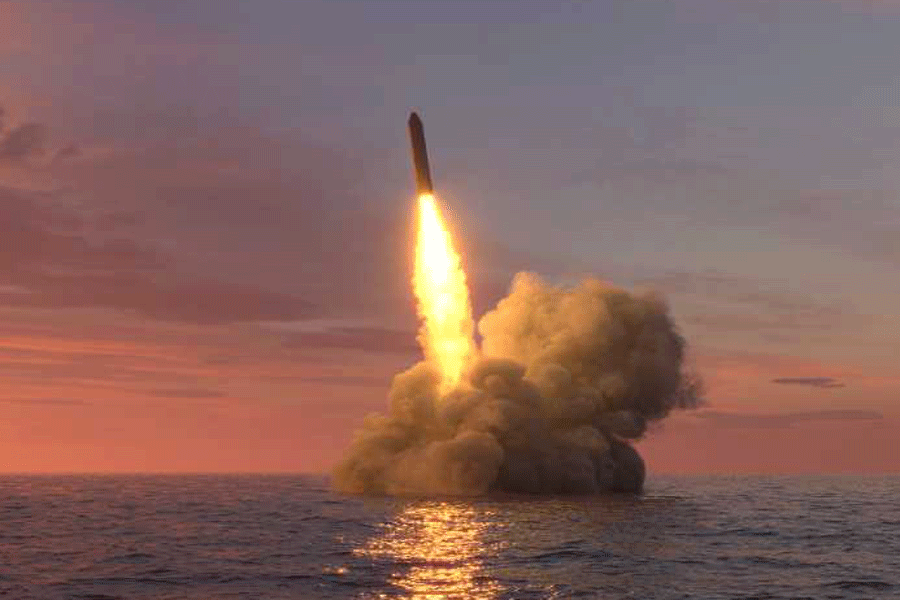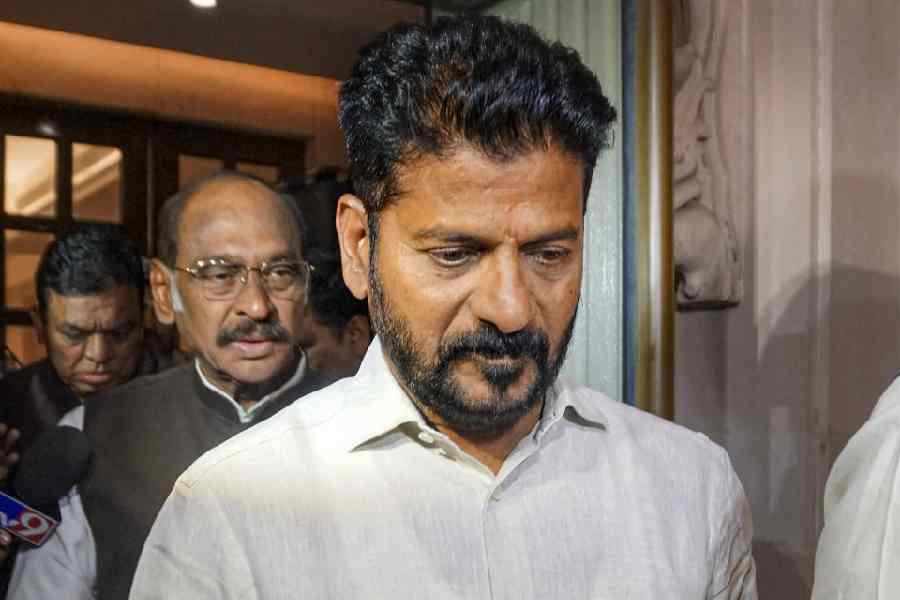India is again on the cusp of change. The change is forced. It’s not natural evolution. Watching the exercise from a perpetually brand-new Singapore with few hang-ups about the past recalls Indira Gandhi’s story about Peter Sellers’s film, The Party, where “[t]he director grabs hold of him and says, ‘Who do you think you are?’ Sellers replies: ‘Indians don’t think. We know who we are.’” Her successors clearly do not. Or they are forcing change to refashion the very idea of India to prolong their tenure.
At one time, it seemed as if early Singaporeans, especially those of South Asian ancestry, were unsure about themselves. Lee Kuan Yew demurred when James Puthucheary, the head of Singapore’s Industrial Promotion Board, suggested replacing the statue of Stamford Raffles, Singapore’s British founder, overlooking the Singapore River, with one of Marx or Lenin. Lee agreed with Albert Winsemius, the Dutch economist heading a team of United Nations experts, that an eruption of nationalist/political statuary would affect international confidence. Raffles still strikes a heroic pose by the river, while the bustling city-state, soaring to a level of prosperity that would have been unimaginable in colonial times, scarcely remembers that the British once lorded it here.
It’s the opposite in India where despite the ‘gulami ki mansikta se mukti’ boast, the most strident politician is also an abject prisoner of a colonial past that he must rebut again and again. The extravagant rhetoric of the recent Navy Day ceremonies when senior officers received new epaulettes inspired by Shivaji’s Rajmudra suggested that having been suspended in limbo since August 15, 1947, Indians are at last discovering themselves. Actually, Indians have been chipping away at the past, erasing familiar landmarks and erecting new totems these 77 years. The spectacle of Narendra Modi solemnly holding aloft a controversially regal golden sceptre as he led a line of bare-bodied, ash-smeared, bead-strung sadhus into the new Parliament indicated that the demolition of the India we know and remember is to be followed by the creation of another India of the imagination whose fictitious glory can offer solace on a grand scale.
The project to reimagine the capital has already set the tone for that glittering recreation of a past that never was. No doubt the 14-member committee of post-colonial worthies charged with a ‘holistic study of origin and evolution of Indian culture since 12,000 years before present and its interface with other cultures of the world’ will sanction a magnificent past to justify that grandeur. It may affirm that vimanas did indeed conquer space and travel under water in some misty era, that the Kaurava brothers miraculously emerged from artificial wombs, and that the sage, Sushruta, meditating in Kashi, fathered plastic surgery. Bluntly put, the aim is to establish that Hindus originated in the land as its original population and that all others are interlopers.
Hence the claim that the Mahabharata and the Ramayana (“historical documents” says Mahesh Sharma, the former minister of state for culture and tourism) present the literal truth and must be taught in schools. With elections around the corner, the indigenous bull on Harappan seals must be presented as an alien horse, as Sitaram Yechury once remarked. Indo-European languages must be recognised as indigenous; and any question of an Aryan invasion vehemently denied. To quote the art historian, Girish Shahane, “If the roots of Sanskrit lie outside South Asia, as it is clearer than ever they do, it weakens the Hindu nationalist demonisation of Christianity and Islam as faiths alien to India.”
Guided by Rashtriya Swayamsevak Sangh veterans, the government has already promised a school education system focusing on the Vedas. Amit Shah will surely get the history of India emphasising ‘facts about our great past’ that he wants. There are enough obligingly inventive people to make the past live up to present expectations where it doesn’t do so naturally. History is full of instances of such tinkering. Muhammad Ali, the Albanian founder of Egypt’s erstwhile royal family whose ancestors lived in Greece and didn’t speak a word of Egyptian, was proclaimed a Syed or descendant of the Prophet. Nearer home, Jawaharlal Nehru’s choice in July 1947 of Ashoka’s Lion Capital as independent India’s crest suggested the strength and majesty of the Indian State restrained by moral force. This was the message of the wheels in relief along the abacus and, especially, the larger lost one that is believed to have surmounted the capital.
It rested flat on the four leonine heads instead of standing upright as in some depictions. Since Ashoka converted to Buddhism after the death and the destruction of the Kalinga war, the largest wheel may have been that of moral law, the dharmachakra, whose motion through time and space has made its message universal. It would have been logical for a penitent Ashoka to ensure that the four emblems of raw power were subordinated to the dharmachakra, representing moral and ethical governance. As Nehru, who replaced Gandhi’s (and the Congress’s) spinning wheel in India’s flag with Ashoka’s chakra, also explained, “the Asokan period in Indian history was essentially an international period… It was not a narrowly national period… when India’s ambassadors went abroad to far countries not in the way of an empire and imperialism but as ambassadors of peace and culture and goodwill.”
The parallel with Ashoka’s reign and his own regime that Nehru may have sought to establish can be disputed. Opinion varies. Not everyone, especially abroad, accepted India’s first prime minister as the apostle of peace. Not everyone saw India as a soft State. Nowadays Indians are positively encouraged not to hold Nehru in too much esteem. Much is also made of his perceived weaknesses at the negotiating table as well as on the field of battle. But whatever Nehru’s failings, and whether his India was soft or hard, it may be significant that the pleasant expression on the faces of his four lions is infinitely preferable to the snarling beasts of the Ashokan Capital in the new Parliament.
Wisdom lies in accepting facts and making the best of them. It’s no disrespect to India’s navy to acknowledge that it was an imperial creation (like the rest of the armed forces, the civil service or the judiciary) and fulfilled its stated purpose with courage and dignity. But no amount of flattery on the eve of elections in which the Marathi vote counts can succeed in transforming the ‘Honourable East India Company’s Marine’ whose first fighting ships arrived in India on September 5, 1612 into an instrument of liberation gifted by Shivaji.
We cannot pretend that sailors of the Indian navy (whatever its name at the time) did not help to end the Mutiny of 1857 by breaching the gates of Delhi. Or that a contingent of 100 ratings and seven officers did not participate in the siege of Multan that brought low Ranjit Singh’s Sikh empire. Or that the sloop, HMIS Sutlej, did not occupy Japan together with other Allied forces after World War II. As for the fervent appeals to Mahratta sentiment, it was the Bombay Marine’s ship, Protector, that attacked, bombarded and destroyed Tulaji Angre’s fort at Severndroog between Bombay and Goa. The 1946 mutiny involving 78 ships, 20 shore establishments and some 20,000 sailors may have sent a sombre political message to the rest of a country that was already in ferment, but it cannot alter the Royal Indian Navy’s proud record of more than three centuries of service against the perceived enemies of the British raj in India.
To conquer the future, Indians must learn to live with their actual past.

